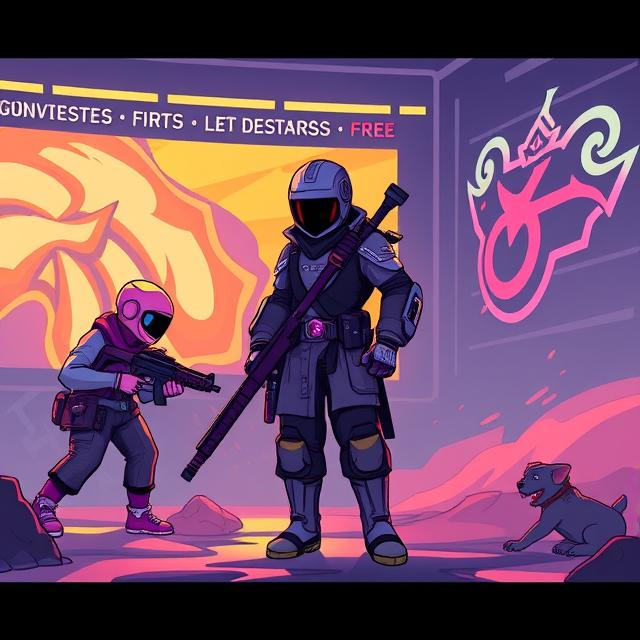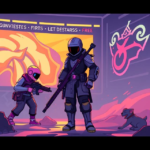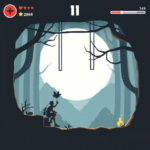Color in game design is more than visual flair—it’s communication. Developers use color to direct attention, teach mechanics, convey emotion, and even subtly control pacing. It’s a silent language that players learn without ever realizing it.
In Portal, color is core to gameplay. The blue and orange portals are visually distinct, helping players track cause and effect. The sterile white environments allow those portal colors to pop, reinforcing visual clarity in puzzle-solving.
The Legend of Zelda: Breath of the Wild uses color to differentiate environments and highlight objects of interest. Shrines glow orange (unvisited) or blue (completed), subtly guiding exploration without UI markers.
In DOOM Eternal, enemies flash when they’re ready for a glory kill, pickups glow with specific colors (green for health, blue for ammo), and the entire visual palette is designed to maximize readability in fast-paced combat.
Color design is also key to accessibility. Developers may include colorblind modes or high-contrast settings to ensure essential information is readable for all players.
Techniques used:
- Contrast: to highlight interactive objects or paths
- Hue association: red = danger, green = health, etc.
- Saturation control: using dull backgrounds to make key elements stand out
- Thematic palettes: supporting narrative tone (e.g., warm colors for comfort, cold for isolation)
Effective color use is often invisible to the player—but it’s one of the most important tools in the designer’s toolkit. It teaches, directs, and immerses without a single word.






